Have you ever stared at a selection of keyboards and wondered which one would be best for writing? Unless you’re one of those solely pen-and-paper writers, we writer-folk tend to spend a fair amount of time with our computer keyboards. When selecting a keyboard, though, it’s easy to be overwhelmed by the many types of keyboards available.
This post overviews the two main types of keyboards: membrane and mechanical, then breaks them down into their various types. So, next time you’re contemplating whether you want a scissor-switch or a blue switch, you’ll know exactly what that means.
Table of Contents
Membrane Keyboards vs. Mechanical Keyboards
Membrane keyboards tend to be more affordable than mechanical keyboards. They tend to have low profile keys and are fairly quiet for typing. They are made with a rubber sheet (membrane) between the keys and the electrical switches beneath the keys.
Mechanical keyboards are often used for gaming. They tend to have higher profile keys (although there are some low profile ones on the market too!)
Some general defintions to get out of the way for this post:
- a switch is a name for a keyboard key.
- low profile or high profile refers to how far the keys stick up on the keyboard.
Membrane Keyboards

Dome Switch
Dome switches can be made of rubber or metal. In either of these cases, there is a metal dome beneath the key that compresses when the key is pushed, providing some tactile feedback. Dome switches (particularly rubber dome) are the most common type of keyboard.

Scissor-Switch
Scissor-switch keyboards are commonly used in laptops. They have low profile keys and are a type of rubber dome keyboard, but they feature an interlocking mechanism of two crossed plastic arms under each key.
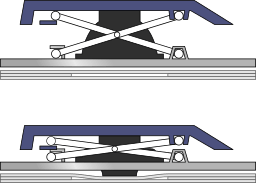
Chiclet or Island Style
Chiclet keyboards are a subcategory of scissor-switch keyboards. In a chiclet style keyboard, the keys are separated and are usually square or rectangular with flat sides. These were named chiclet keyboards due to the similarity of the appearance of the keys to Chiclet’s gum.

Capacitive
Capacitive keyboards have capacitor pads that deliver an electrical signal when a key is pressed. They register touch very quickly and are suitable for very fast typing.
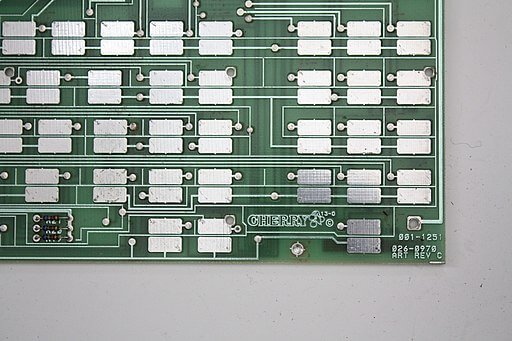
Mechanical Keyboards
Linear (Red or Black)
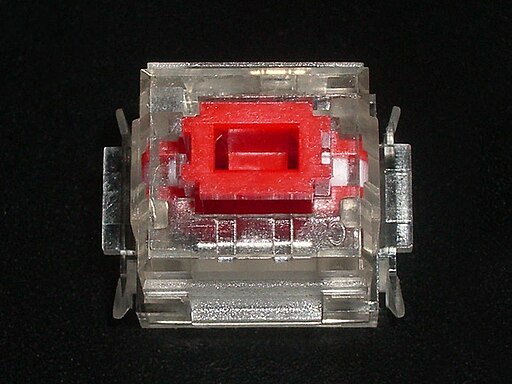
Linear switches are the quietest option for mechanical keyboards. They don’t have the bump that causes the tactile feedback or an audible click.
Tactile (Brown or Clear)
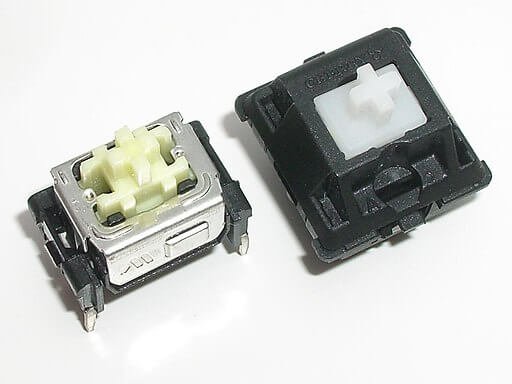
Tactile switches are for those typists who want the tactile feedback from pressing the keys without the loud clicking noises of the clicky switches.
Clicky (Blue or Green)
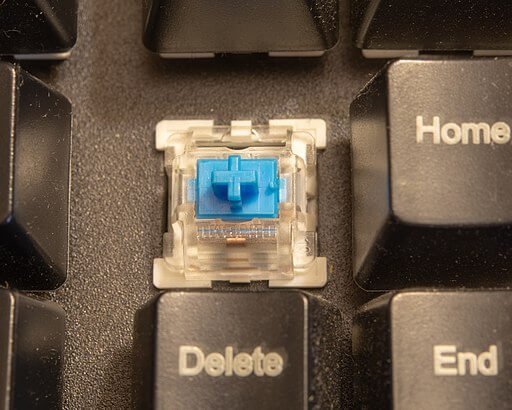
Clicky switches have the most tactile and auditory feedback of the mechanical keyboards. They come in two types: click bar, and click jacket.
Click Bar
Click bar switches produce a double click, on actuation and release.
Click Jacket
Click jacket switches produce only one click, on actuation and none on release
So what does all this mean?
There are a lot of different types of keyboards out there. Some people love the clicky mechanical keyboards while others love the softer touch of a scissor switch.
Personally, I love hearing the click-click-click as I’m typing. I wrote this on a mechanical keyboard with blue click bar switches.
Experiment and see what works for you!
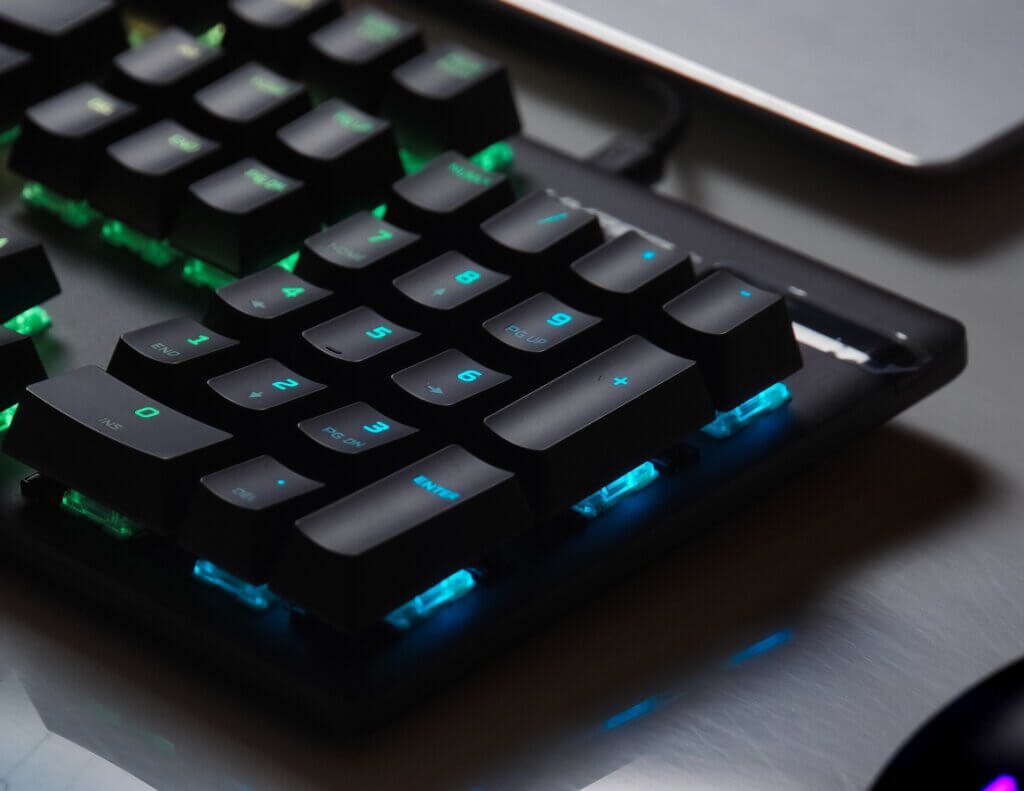
Thanks for reading! If you enjoyed this post please subscribe to my monthly newsletter for notice of new blog posts and book news.




